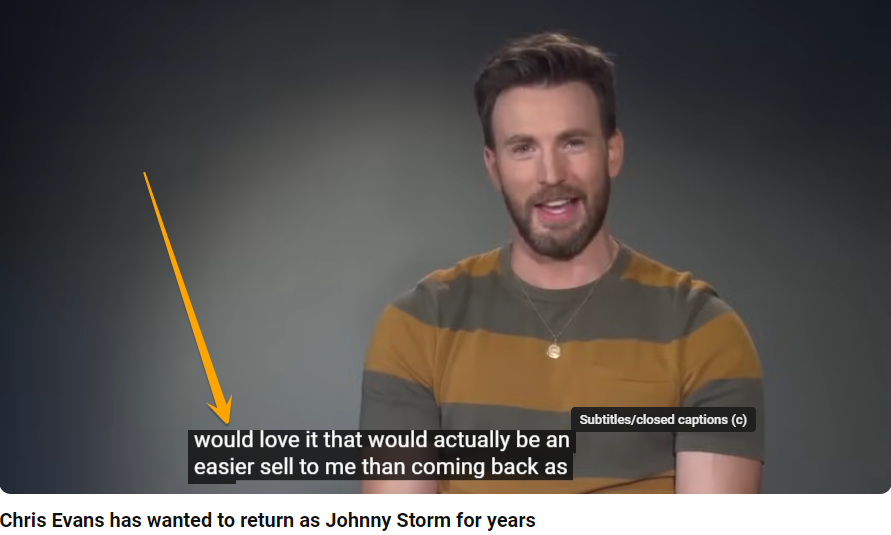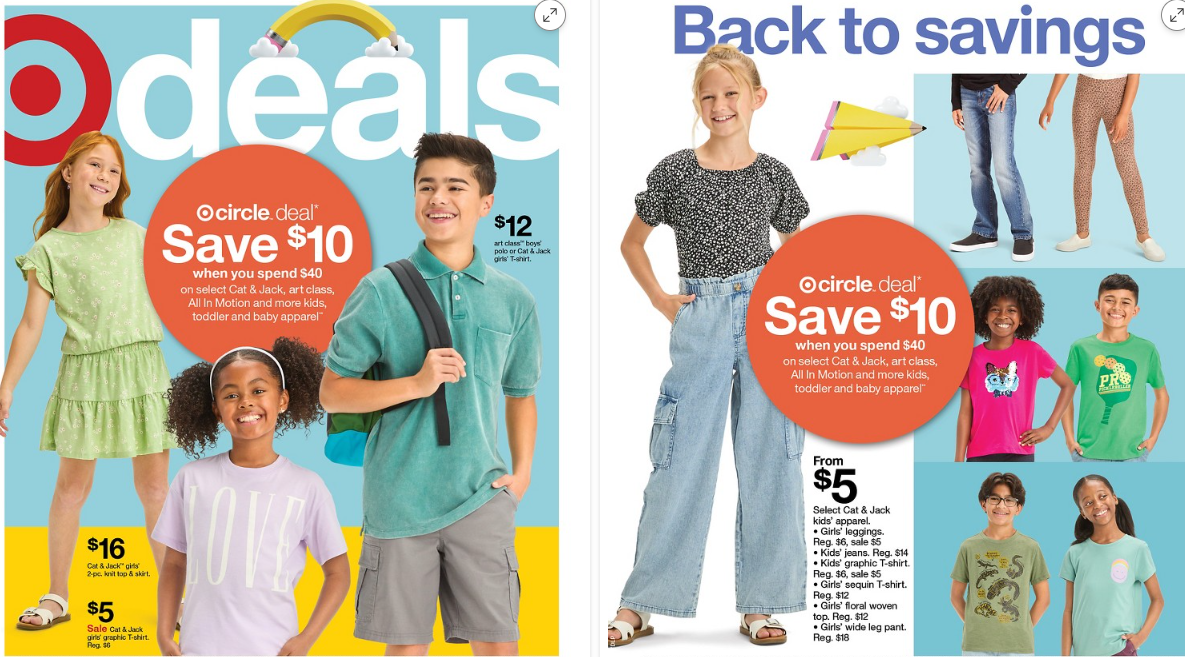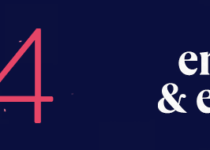How to Create Inclusive Content That Everyone Will Want to Read
Creating inclusive content allows you to connect with people from any background. Speaking to different age groups, ethnicities, and genders expands your horizons and target market. Creating inclusive content is an easy and effective way to build your marketing and brand awareness.
On this page, we’ll go through the basics of inclusive content and explain some methods for including it on your website. Keep reading to learn more!
Need help creating inclusive content? We have a team of 100+ specialized content writers that know how to create inclusive content for any industry. . Search engines like Google like accessible websites because they provide a good user experience. A good user experience translates to higher rankings in search results.
Increasing web accessibility means incorporating the following:
Alt text and video captions
People might use screen readers to access content on your website. Alt text for images helps those readers accurately describe what the picture looks like. Keep it relevant and free from keyword stuffing.
You should also include captions on videos. Closed captions help provide context for people as they watch your videos, making the content more accessible for viewers.

Reading level
When you can, use simple language. Create content with clear, concise language and sentence structure to be accessible to people with learning or cognitive disabilities, lower education levels, or less familiarity with your industry.
The average American reads at the 7th to 8th grade level, which means creating jargon-filled pages of text won’t be accessible for the average American. Keeping your content simple and easy to read ensure it’s accessible to anyone at any reading or education level.
You can use a tool like Hemingway Editor to check your content’s reading level. It will give you an approximate reading level and highlight areas for improvement.
Color scheme
Another area for website accessibility is the color scheme. Your background color and fonts should contrast with each other. The same goes for on-site content itself, such as infographics or charts.
People with color blindness are one specific group that benefits from a cohesive, contrasting color scheme. However, everyone truly benefits from it. It’s easier to read black text on a white background than to read black text on a navy blue background.
Being selective and thoughtful with what colors you use and how you use them will create
Read Next: The Definitive Website Accessibility Checklist
3. Images, video, and other visual media
The visual media you’re posting can say a lot. Images and videos should reflect a diverse population, regardless of your target audience. Your visual media should include people of color, disabled and able bodies, all genders and ages, and body sizes.
Target is a great example of using diverse representation in their media. They often use models of different ethnicities, appearances, and abilities to showcase their products.

Even if you think these things don’t particularly matter to your industry, your audience might not agree. Representation is important and is fundamental to creating a strong connection with your audience.
What are the benefits of inclusive content?
Inclusive content offers numerous benefits for your business. Some specific advantages include:
- Reaching a larger target audience
- Helping you represent your dedication to diversity and inclusion
- Increasing sales from numerous client types
- Highlighting your commitment to learning and changing
Develop diverse and inclusive content with WebFX
Are you ready to create inclusive content for your website? With content marketing services from WebFX, you’ll get diverse content created with inclusivity in mind. From blog posts to videos, we can create a diverse portfolio of content to meet the diverse needs of your audience.
Not to mention, we also offer ADA and Section 508 compliance services to help ensure your website is legally accessible for those with disabilities.
Contact us online today or call 888-601-5359 to start creating inclusive content!


